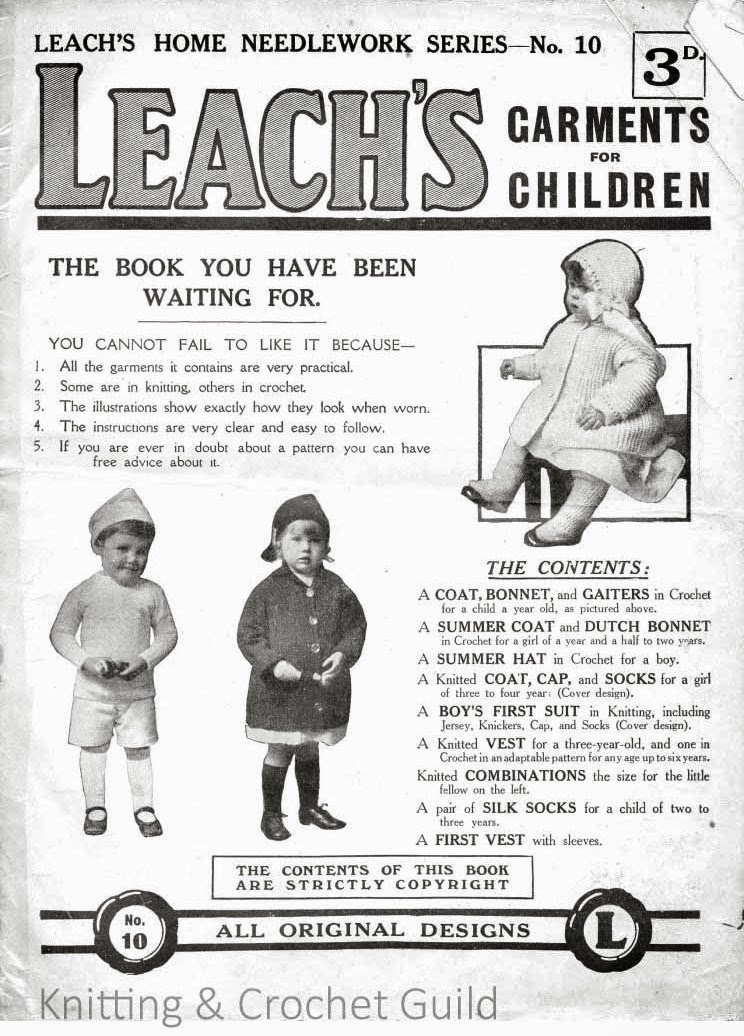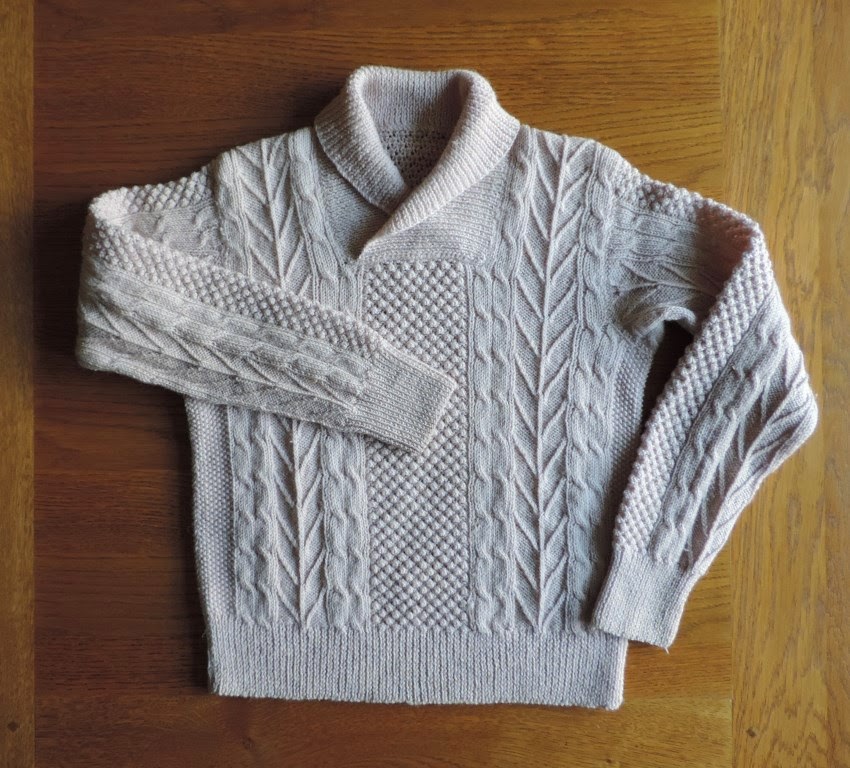On Friday I did my talk on
"The Evolution of Aran Style" once again for the Leeds branch of the Knitting & Crochet Guild. It's the 4th or 5th time I've given the talk, but it changes a bit each time, and I use a slightly different selection of Aran sweaters to illustrate it. The new entry this time was a jumper that the cataloguers were recording a few weeks ago.
![]()
![]()
I used to read Woman's Weekly back then at my Grandma's, and I was always fascinated by the suggested colour schemes for outfits. It seemed like a glimpse of some profound and esoteric knowledge that the Woman's Weekly writers had mastered, and if only I tried hard enough I could acquire it too. For this sweater, the magazine declares: "There are appropriate colours to choose" and then lists them: - Leprechaun green jersey, beige cavalry twill skirt, cream silk scarf.
- Unbleached natural jersey, peat brown skirt, emerald green scarf.
- Atlantic blue jersey, dark navy skirt, pale lemon yellow scarf.
- Gypsy red jersey, black and white check trews, pale grey scarf.
- Gorse yellow jersey, green tartan skirt, dark green headband.
Too bad if you'd like purple or pink.
The largest size (40 in.) is intended for a man (who ideally should have an open-topped sports car to go with it) and the magazine advises: "Choose the stronger colours of granite grey, storm blue or unbleached natural if you are knitting for a man."
It's interesting that the possibility of knitting in unbleached wool is offered in both cases - only a few years later, Patons introduced Capstan yarn specifically for knitting Aran sweaters. It was what we would now call Aran weight yarn, i.e. thicker than DK, and initially was only available unbleached. After that, Aran sweaters knitted in Capstan or similar yarns, in "traditional" Aran patterns, became extremely popular in this country. Perhaps the Woman's Weekly pattern shows the beginnings of a trend towards knitting Aran sweaters in unbleached wool.



.jpg)




















































































